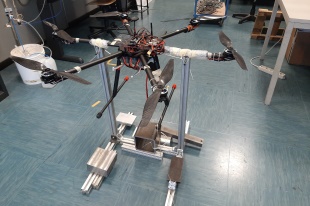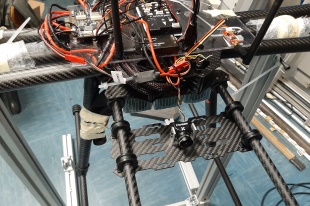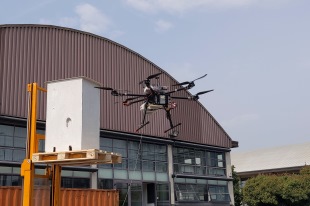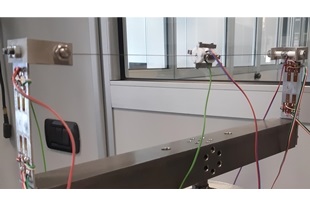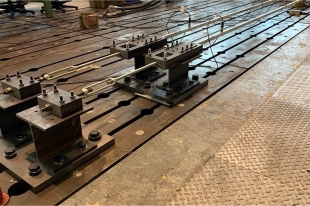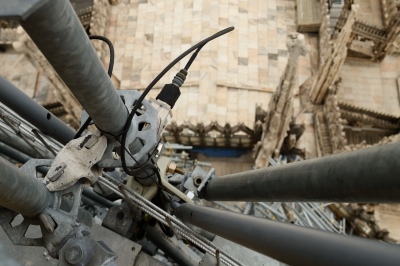
Among others, the main research activities carried out by the Measurements Research Line are:
- developing and testing new measurements techniques;
- continuous structural health monitoring (SHM), especially to evaluate the level of damage in existing buildings and mechanical systems based on static and dynamic measurement parameters;
- measurements for space applications: design, manufacturing and characterization of space instruments for remote sensing, in particular the ones involving infrared spectroscopy and dust and condenser measurement devices. Among others, our scientists designed and developed the flight-model of PFS-MarsExpress , the MicroMED particle analyzer for ExoMArs 2021. Meanwhile, the QCM “VISTA” for the HERA mission is currently under development. Other currently under development projects are RIIFS (FTS Spectrometer) and FISPEX (integral field spectroscopy) to create a new generation of devices for planetary exploration under the framework of the ASI-INAF call;
- vision-based measurement systems, particularly the ones referring to thermal hyperspectral imaging for diagnostic and industrial purposes, 3D shape measurements, Digital Image Correlation for static and dynamic motion and deformation, 3D Biometrics to ensure security, 3D scanner calibration techniques, Vibration Monitoring of structures and cables also using drones, 3D solutions for Robot Guidance in manufacturing and logistics industries, vision-based systems for Process Control Automation;
- measurements for Industry 4.0, also included among the activities in the recent Joint Research Centre Metal and Transformation Technologies aiming at optimising processes and products;
- measurements and instruments for the medical and biomedical field based on fibre optic sensors and radiologic imaging systems, referring in particular to the ERC-funded Laseroptimal project aiming at developing a therapeutic platform that uses lasers in minimally invasive surgery for localised cancer ablation;
- whole-body (WBV) or hand-arm vibrations (HAV) to evaluate people’s level of exposition while optimising the design involved in reducing the vibration felt by the user;
- electromechanics interacting with renewable energy sources (characterisation of the harvester efficiency and renewable energy);
- smart materials for vibration control, acting at the same time as sensors and actuators;
- investigation on the effect of the human body on the dynamics of the vibrancy of pedestrian infrastructures;
- acoustic measurements: localisation of sound sources, active/semi-active/passive noise control, acoustic power measurement, sound-quality and psychoacoustic analysis, source-harvester path and contribution analysis.

